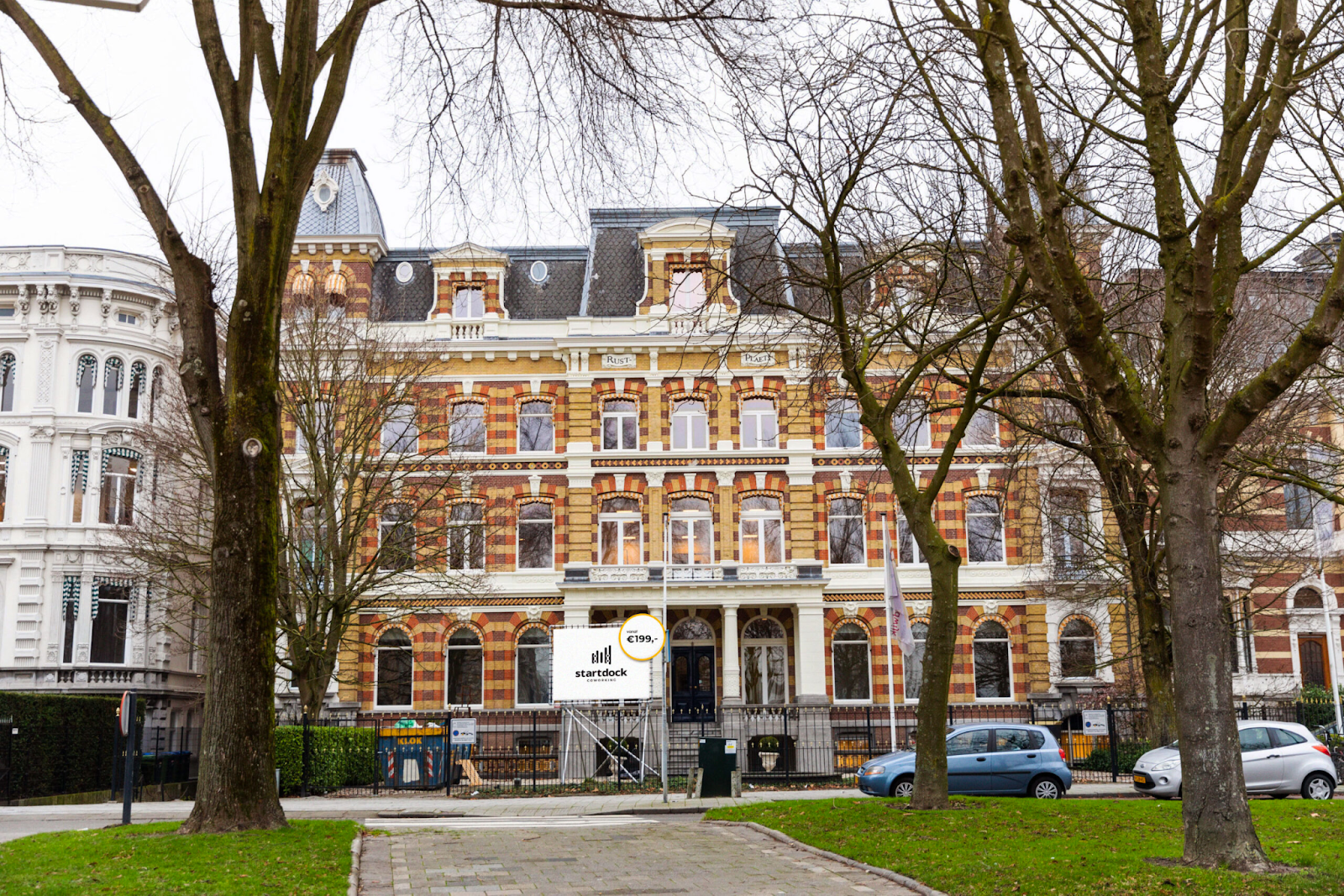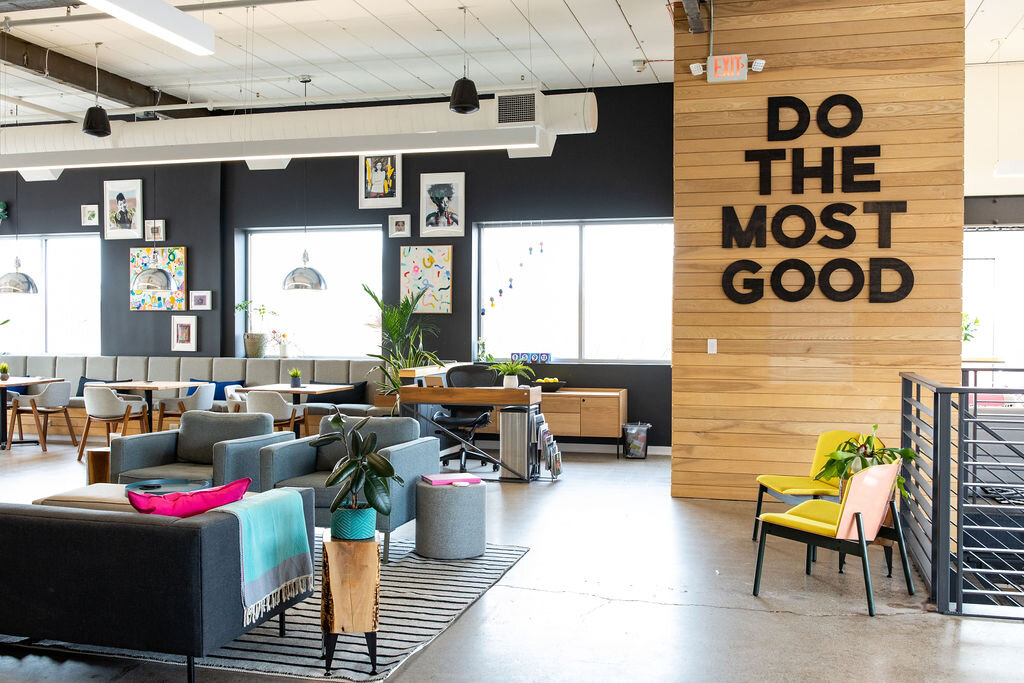How do founders fund coworking spaces?
The truth is, there’s no one way to fund a coworking space. But funding is something you’ll have to think about carefully if you’re going to get your project off the ground. As with most other types of business out there, you’ll have to factor in both capital and operational expenses when calculating how much funding you’ll need in the early days.
Capital expenditure covers things like construction, flooring, furniture and fit out costs, as well as any legal fees, upfront services and technological infrastructure your space requires. Operational expenditure, on the other hand, relates to the overheads you’ll continue to incur once you’re up and running, such as utilities, internet, employee salaries - the list goes on!
Once you’ve figured out your costs you can start to think about your private office and membership pricing and how much upfront capital you’ll need to start up. 
1. Bootstrapping
While it’s not a reality for everyone, some people have the means to bootstrap their business. Bootstrapping is when a founder funds their project through their own resources or the company’s revenue. The term comes from the phrase “pull yourself up by your bootstraps” (you can learn more about the origins of that here).
Many founders who decide to bootstrap their business do so on a limited budget. This involves doing some research to find inexpensive fit-out elements and everything else required to get a space set up. If you choose this option, you might decide to purchase second hand or repurposed items for your space (this is often more environmentally as well as economically friendly). Remember to support the community by shopping locally.
Despite the fact that demand is increasing commercial property costs in some markets, bootstrapping could still be a viable option. Ask yourself: how long can I finance my coworking space with savings before breaking even? Consider any other goals or projects that might deter you from bootstrapping your business. Taking out a loan is another option: and your ability to do this will depend on your credit history and other factors.
2. External funding
If bootstrapping isn’t for you, there are other ways to fund the costs of your new flexible workspace. For instance, you could team up with a partner, such as a friend or industry colleague - someone who has the capital to invest in your new project. Or you could also work with an asset manager, real estate investor or venture capitalist. Whatever you decide, it’s important to establish a formal contract to avoid any potential conflict.
If you decide to seek out an investor for your project, you’ll have to evidence the success of your startup and make them feel confident in its future viability. This is why it’s so important to have a solid vision of what you want your space to be and the financial/revenue documentation to back it up in the business plan. If you’re interested in seeking investment, think about whether or not you’re willing to risk having to share your business with investors.
You might also be able to obtain funding from a government department or chamber of commerce if they have funds set aside for economic development. It might be worth finding out if they’re interested in financing your project. After all, coworking spaces have the potential to revive and nurture local communities and stimulate economic growth. 
One coworking founder’s funding journey
Thom Wenke, the co-founder of StartDock in the Netherlands, shared his fundraising journey at the Coworking Europe conference in 2020. When starting out, he researched and leveraged a variety of funding options for his business. To kickstart his first location, StartDock received a €75K loan from a private investor, for instance.
Thom says the investor doubled up as a mentor, sharing knowledge of how to build the company “as a whole”. StartDock also researched bank loans, but decided that they needed more flexibility, and the risk factor was just too high at that time.
At the conference, Thom spoke about how it’s important for new operators seeking investment to know how involved they want their investors to be, how quickly the funds need to be secured and also how much risk they’re willing to take. “Things should be fun. Private investors have a lot of experience and knowledge and it can be really fun to work with them!”

Source: The Coven
3. Crowdfunding
Crowdfunding has grown in popularity over the years, owing to platforms like Kickstarter. This type of fundraising enables founders to raise money for the early stages of their projects through their network. Funders invest small sums for a reward. In coworking, this reward could be a discounted membership or free meeting room credits, for example.
The Coven, a coworking enterprise in the US for women, ran a successful crowdfunding campaign in 2018, and to date, have raised over $349k through the platform iFundWomen. The Coven’s mission and journey are clearly defined on its crowdfunding page:
“...We believe in the economic advancement and empowerment of women, non-binary and trans people. The Coven is interested in like-minded investors who can help us make our idea, space, and community bigger. We believe finding investors who share our values and believe in our vision are a core part of our future growth and success...”
The founders explain how they explored many different types of funding, including venture capitalists and bank loans, however, realised these didn’t align with their goals or ethos. The Coven used the funds from the crowdfunding campaign to build its physical space.
If you’re opening a new coworking space, we’d love to hear from you!
Related stories
Connection, Belonging, Identity: Why Branding Matters When You’re Building Your Community
Guided by industry insights, we navigate the intricate landscape of branding, probing fundamental questions posed by thought leaders like Cat Johnson. Beyond logos and colour schemes, we uncover the essence of brand identity.
Elevating mixed-use spaces: The crucial role of hospitality and technology in community management
As mixed-use developments continue to grow in popularity, merging visitors with locals through a high level of hospitality, and community, in whatever way the space functions, is of prime importance.
The glorious renaissance of community-led coworking
Join us in exploring how the coworking movement transcends beyond just providing desks and chairs- it's a catalyst for community and collaboration.
3 Things People Want From Their Workplace Experience
According to Appspace’s 2023 Workplace Experience Trends & Insights Report, 93% of people who work in an office think their organisation could do more to improve the workplace experience. To craft a truly exceptional workplace experience, it’s useful to know what people are actually looking for in an office environment – which, of course, can change over time. So, we decided to do a little digging.
Overturning a Man’s World: How Coworking Supports Women - Part 2
In this follow-up to the recent blog post, Overturning a Man’s World, we continue an exploration of how coworking supports women.
Building an Inclusive Workplace Experience at Huckletree
Huckletree, a longstanding customer of Nexudus, has a growing network of shared workspaces across the UK and Ireland. It represents a community of over 4,000 people working across dynamic tech and creative sectors including web3, fintech, AI, govtech, and sustainable innovation.
How To Make Your Coworking Software Work For Your Brand
With so many new and interesting coworking offerings emerging, it’s never been more vital for existing spaces to differentiate themselves and stand out. And one of the best ways to achieve this is by establishing a strong brand presence.
Behind The Desk: Meet Our Founders
Welcome to, where we dive deep into the brains behind Nexudus. Today, we’re chatting with Nexudus’ CTO and co-founder Adrian, as he shares his journey from selling Internet Cafe technology to being the co-founder of a global coworking company.
Creating Future-Ready Workspaces with Nexudus' Experts 🌍
We sat down with Stephen Wood, Nexudus’ North America Account Lead and our North American technology partner, Serge Rose, to talk about their recent collaboration in assisting a Canadian client with their migration to Nexudus and to delve into their thoughts on the future of technology in workspaces moving forward!
Overturning a Man’s World: How Coworking Supports Women
From beer taps to thermostat settings, we're examining how coworking can be a game-changer for women at work.

